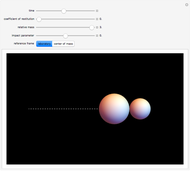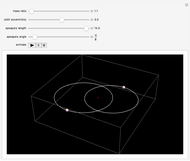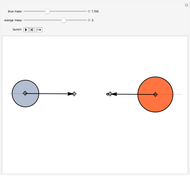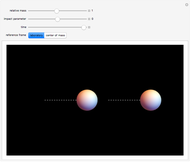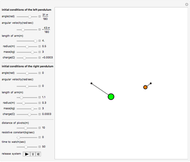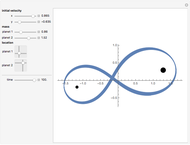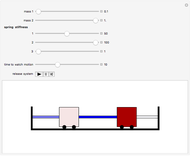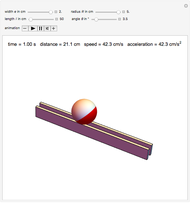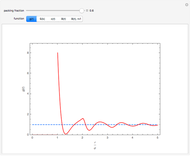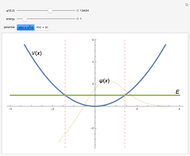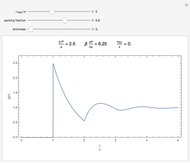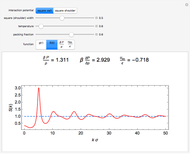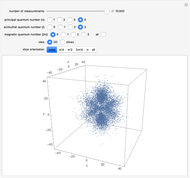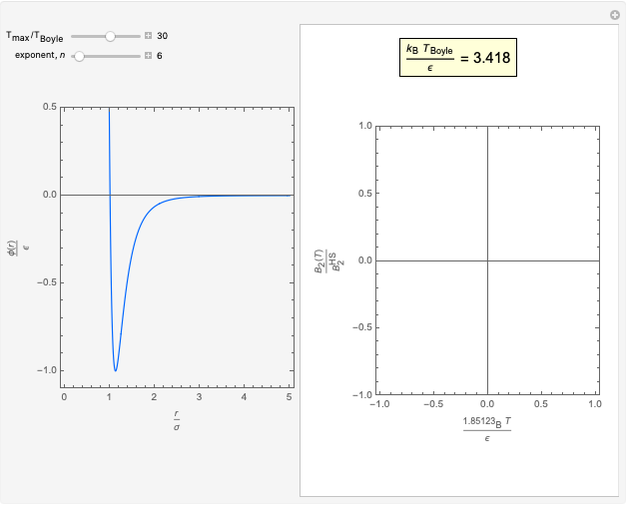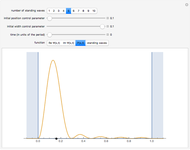Inelastic Collisions of Two Rough Spheres

Requires a Wolfram Notebook System
Interact on desktop, mobile and cloud with the free Wolfram Player or other Wolfram Language products.
This Demonstration models inelastic collisions between two rough hard spheres of equal uniform density. You can vary the coefficient of normal restitution  , the coefficient of tangential restitution
, the coefficient of tangential restitution  , the relative mass
, the relative mass  , the impact parameter
, the impact parameter 
 , and the initial angular velocity of the sphere moving from the left (the sphere rotates about an axis perpendicular to the collision plane). The coefficient of normal restitution ranges from
, and the initial angular velocity of the sphere moving from the left (the sphere rotates about an axis perpendicular to the collision plane). The coefficient of normal restitution ranges from  (a perfectly inelastic collision) to
(a perfectly inelastic collision) to  (a perfectly elastic collision), while the coefficient of tangential restitution ranges from
(a perfectly elastic collision), while the coefficient of tangential restitution ranges from  (in which the spheres are perfectly smooth) to
(in which the spheres are perfectly smooth) to  (in which the spheres are perfectly rough). The total kinetic energy is conserved only if
(in which the spheres are perfectly rough). The total kinetic energy is conserved only if  and either
and either  or
or  . You can observe the collision in slow motion in either the laboratory or the center-of-mass frame of reference. The spheres leave dotted contrails to help you trace their trajectories.
. You can observe the collision in slow motion in either the laboratory or the center-of-mass frame of reference. The spheres leave dotted contrails to help you trace their trajectories.
Contributed by: Andrés Santos (February 2010)
Changes by: Hans-Joachim Domke
Open content licensed under CC BY-NC-SA
Snapshots
Details
detailSectionParagraphPermanent Citation
"Inelastic Collisions of Two Rough Spheres"
http://demonstrations.wolfram.com/InelasticCollisionsOfTwoRoughSpheres/
Wolfram Demonstrations Project
Published: February 17 2010






